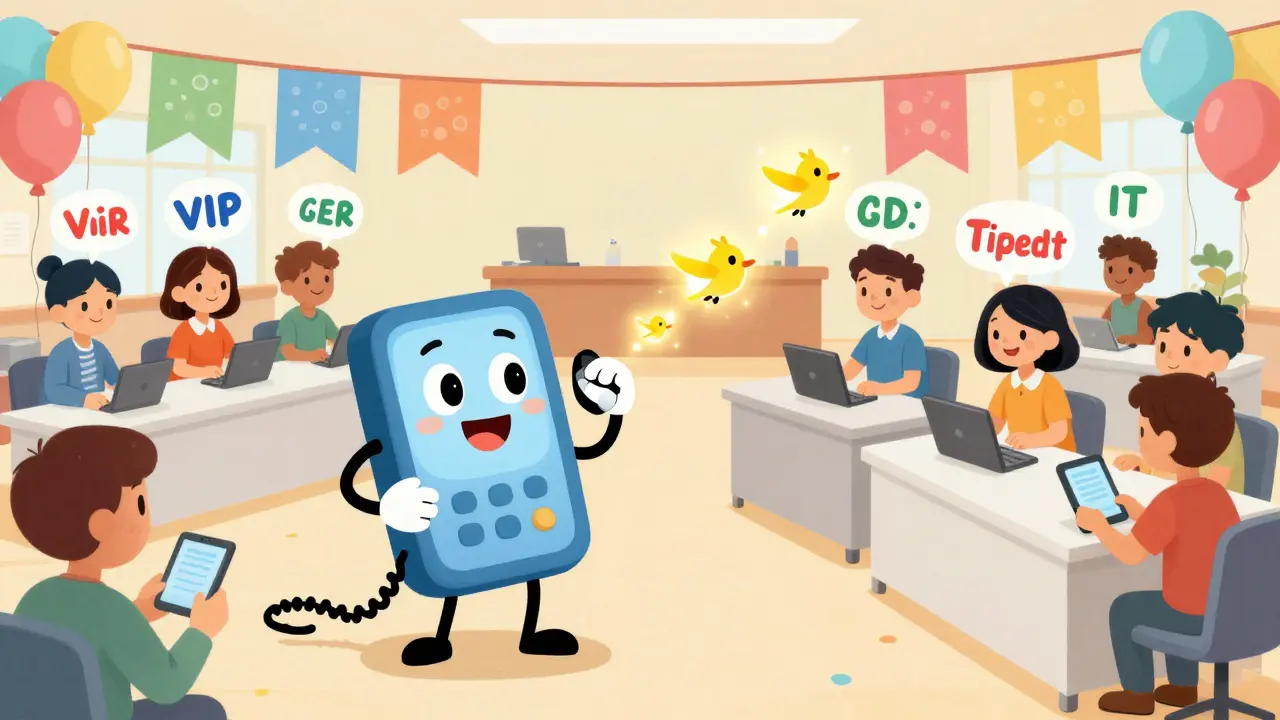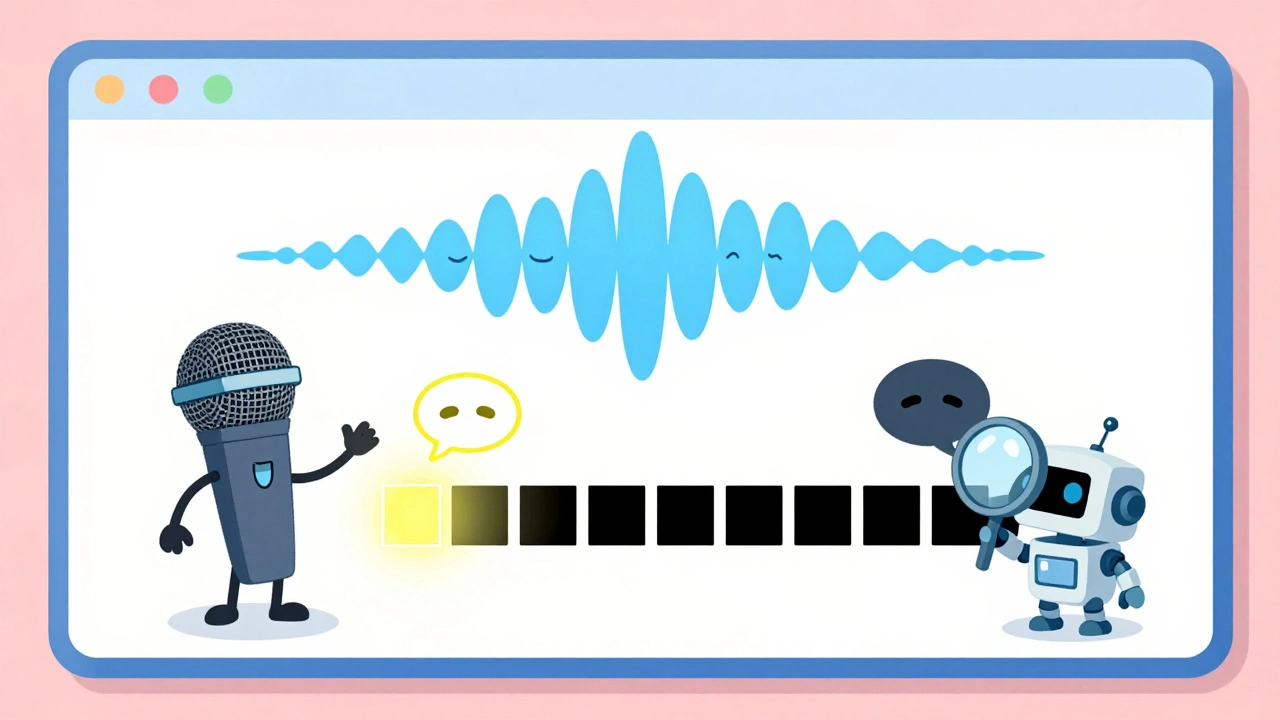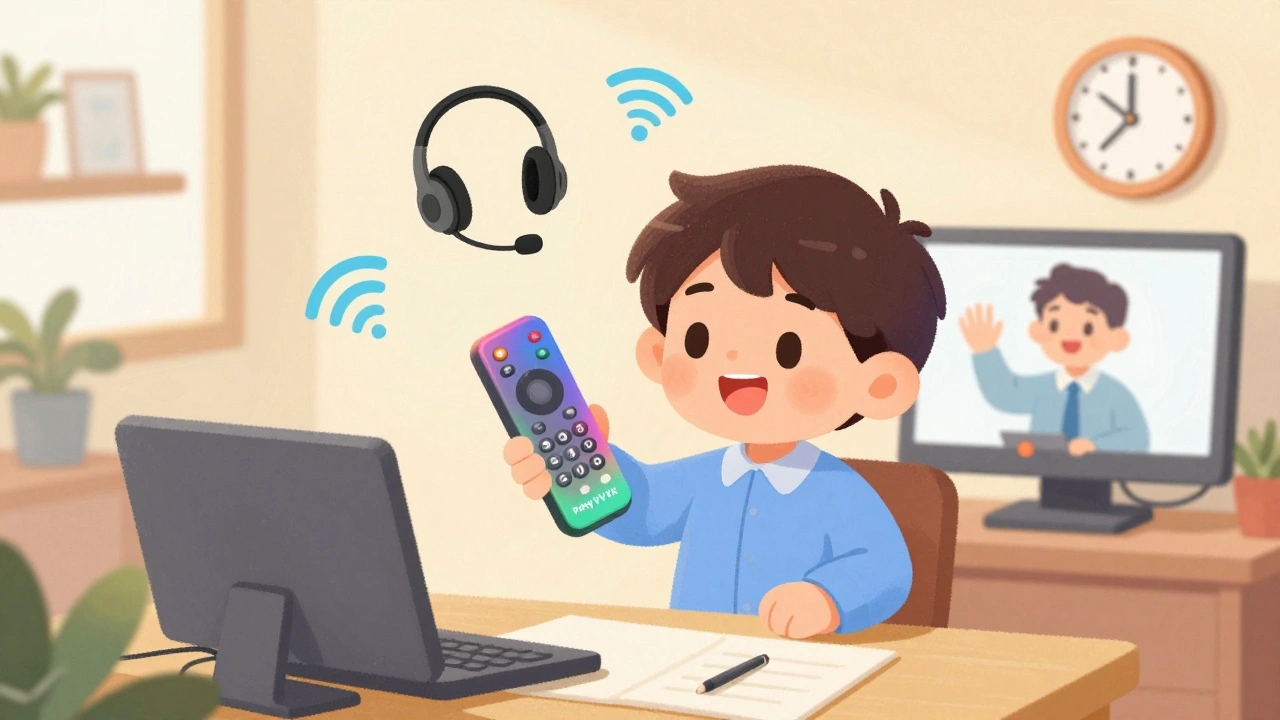VoIP & Telephony: Guide to Internet Calling, Call Quality, and Business Phone Systems
When you make a call over the internet instead of traditional phone lines, you’re using VoIP, Voice over Internet Protocol, a technology that turns your voice into digital data packets sent over broadband networks. Also known as internet telephony, it’s what powers everything from Zoom calls to your office phone system today. Unlike old landlines that rely on copper wires, VoIP uses your existing internet connection — which means lower bills, better features, and the ability to work from anywhere.
But VoIP isn’t just about saving money. It’s about control. With VoIP codecs, the software that compresses and transmits your voice, determining call clarity and bandwidth use, you can choose between crystal-clear audio or leaner data use depending on your network. Then there’s auto-attendant, a digital receptionist that routes calls without human help, answering after hours or directing callers to the right department. And if your team uses headsets, you’re probably choosing between DECT and Bluetooth, two wireless standards that affect range, reliability, and how well your calls stay clear when you walk away from your desk.
Real problems show up in everyday use: a call that’s too quiet on your iPhone, a fax machine that won’t work after switching from a landline, or a church trying to track donations across continents. That’s where the real value of VoIP kicks in — it’s not magic, it’s setup. Whether you’re a school needing emergency paging, a call center measuring average call duration, or a remote team setting up a virtual receptionist, the tools are all built on the same foundation: VoIP. You don’t need to be a tech expert to make it work. You just need to know what matters.
Below, you’ll find clear, no-fluff guides on fixing audio issues, choosing between SIP paging and analog adapters, understanding MOS scores, and deciding if your business really needs an IVR or just a simple auto-attendant. No theory without practice. No jargon without explanation. Just what works — and what doesn’t — for real people using VoIP every day.











